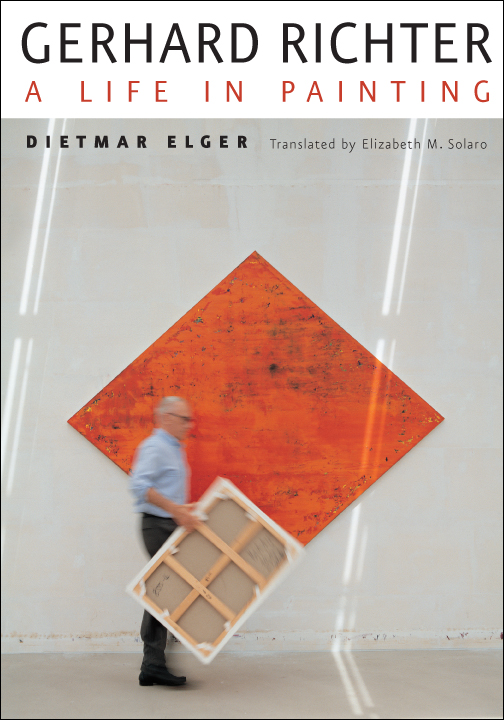‘Pictures which are interpretable… are bad pictures’

Bookslut contributor Guy Cunningham has recently posted a review of Dietmar Elger’s biographical account of one of the most important and influential artists of the post-war era, Gerhard Richter: A Life in Painting.
In his review, Cunningham notes how Richter’s work strikes a profoundly ambivalent note somewhere between literal representation and the abstraction of concern to most of his modernist contemporaries, and takes special note of Elger’s biography for its ability to duplicate this aspect of Richter’s work in the telling of the artist’s life. As Cunningham writes: “The great accomplishment of Gerhard Richter: A Life in Painting is the way it captures [the] ambivalence, which runs throughout much of the artist’s work.
This detachment emerged early in Richter’s career, beginning with his ‘photo’ paintings—paintings based on and evocative of particular photographs—in the 1960s. As Elger explains, ‘Working from a photo eliminates the artifice of form, color, composition… The intention is to give paintings the most unartistic, impersonal, and distanced character possible.…'”
Accordingly, Cunningham continues, “any details [in Elger’s biography] that could influence our view of Richter’s work are intentionally played down… in keeping with Richter’s stated belief that ‘Pictures which are interpretable, and which contain a meaning, are bad pictures.'”
Offering readers a detailed yet disinterested look at Richter’s artistic practice Gerhard Richter: A Life in Painting promises to be the foundational portrait of this prolific artist for years to come.
Read the full text of the review on the Bookslut website.